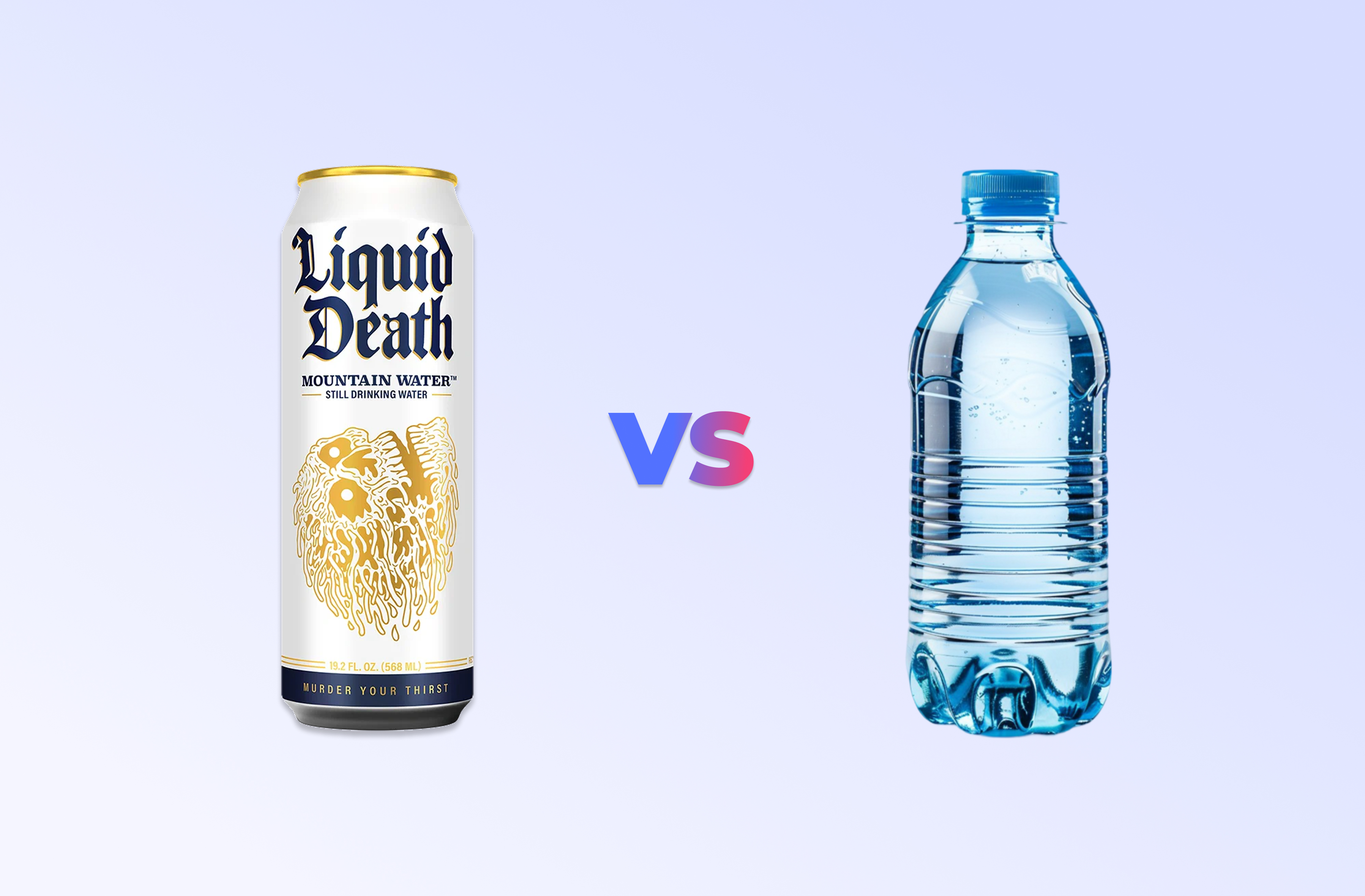Mastering Price Discrimination Strategies to Increase Profit Margins
Learn how to apply price discrimination strategies grounded in customer data like vo

Price discrimination gets a bad rap but, when grounded in robust insights, it supports mutual gains through voluntary differential rates. Are you optimizing this approach?
Read on for real-world examples and guidelines on successfully implementing nuanced price discrimination without backlash. Contact us to review your strategies too. It's time willingness to pay drove willingness to profit!
Volume Pricing Tiers: Incentivizing Larger Spend
Rather than fixed prices, provide stepped quantity discounts for high-demand clients. At Company A, we analyzed spend patterns and created monthly tiers: under $5K paid 10% more, $5-10K received 5% off, and over $10K got 10% off with additional perks.
Heavy buyers gained sense of exclusivity while increasing outlay. A's margins grew 3% as smaller clients subsidized discounts for larger, less elastic customers who spent even more due to perceived value. Win-win.
Loyalty Programs: rewarding Retention
At Salon B, we tiered rates based on lifetime appointments, offering founding members founding discounts. New clients paid full price while 3-year clients received 10% off and 10+ year "legends" got 25% off, free styling during promotions.
This recognized legends' influence attracting new clients through social shares while retaining existing base. Client acquisition costs fell as legends referred more business for marginal additional margin.
Strategic Bundling: Uncovering Overlap
Our research found health nuts highly interested in gym, meal plans and coaching packages. Gym C thus bundled Silver at $199/month (gym/2 classes), Gold at $249 (gym/4 classes/meal plan) and Platinum at $299 (all perks plus 1:1 training).
Members purchased bundled options perceived as a higher value than individual packages, boosting ARPU 17%. New prospects joined pre-configured tiers versus piecing together a la carte. Higher perceived value grew without increasing actual costs. Win-win.
Testing Your Segments
Stay nimble given dynamic markets. Revisit segmentation assumptions yearly or as customer profiles change. Re-run conjoint tests to spot nuances in how segment valuations evolve requiring pricing tweaks. Ongoing personalization maintains competitive advantage.
In closing, data-smart price discrimination maximizes revenue through voluntary separation when approached ethically. By implementing proven strategies, you can profitably extract more lifetime value. Does your current approach optimize willingness to pay and willingness to profit? Let's talk.




